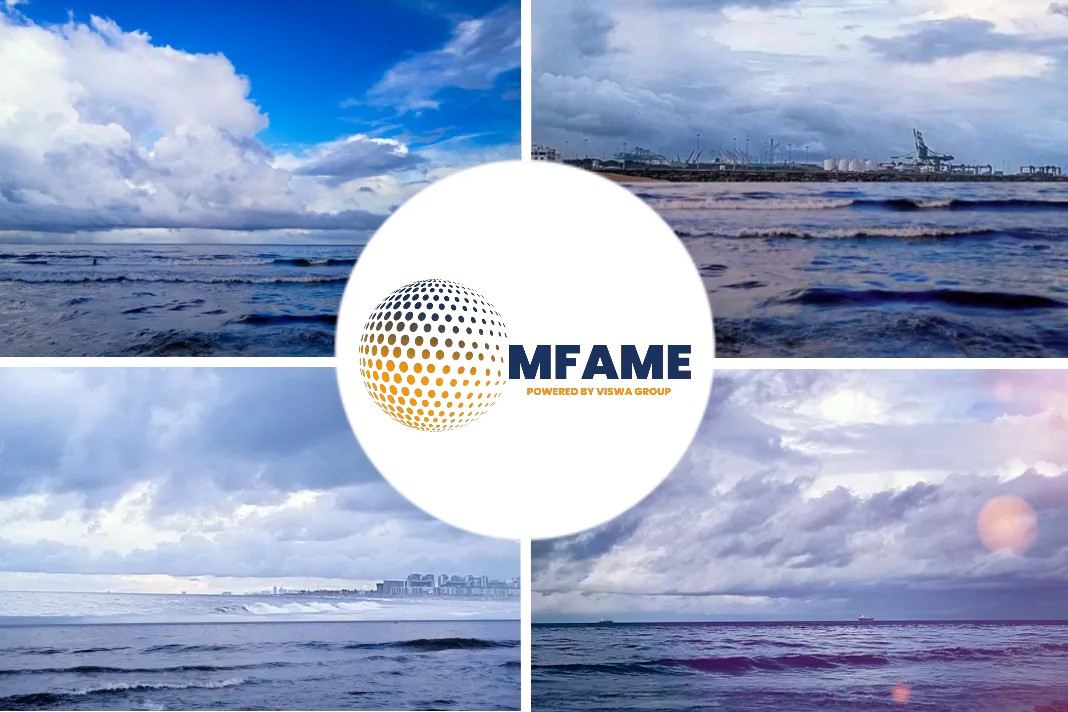
Wärtsilä delves into the evolving world of hybrid ship technology, shedding light on key trends that are reshaping the maritime industry’s pursuit of sustainability and performance optimization. The balticexchange source.
- Wärtsilä explores the dynamic landscape of hybrid ship technology, highlighting advances in battery chemistry, fuel cells, and electrical integration.
- Powerful batteries offer operational versatility and substantial fuel savings, while fuel cells like PEMFCs shine in stable base load scenarios.
- Standardization of high-voltage shore connections and the rise of direct current hubs signal a sustainable shift in maritime propulsion.
The Evolution of Hybrid Ship Propulsion
Wärtsilä, a marine technology specialist, sheds light on the transformative trends in hybrid ship propulsion, driven by sustainability goals and enhanced performance. From new battery chemistries to fuel cells and electrical integration, hybrid technology is revolutionizing the maritime sector.
The Battery Revolution
Traditional lithium-ion batteries are evolving as new chemistries like lithium-ferro-phosphate (LFP) and lithium-titanium-oxide (LTO) offer tailored advantages such as extended lifespan, reduced weight, and cost-effectiveness. Larger batteries, with capacities up to 40 MWh, enable ships to achieve emissions-free maneuvers and provide power during port stays, unlocking flexibility and innovation.
Battery Power and Fuel Savings
Contrary to cost-driven motivations, powerful batteries offer operational versatility and significant fuel savings. The case of the hybrid Misje Vita bulk carrier showcases up to 40% fuel savings through advanced battery technology integration. Functional considerations, rather than size alone, should dictate battery design, emphasizing the need for efficient propulsion systems aligned with vessel functions.
Fuel Cells and Electrical Integration
Fuel cells, particularly proton-exchange membrane fuel cells (PEMFCs), are emerging as game-changers in stable base load scenarios. The maritime sector explores hydrogen-driven propulsion, while solid oxide fuel cells (SOFCs) offer potential with methanol or ammonia. The rise of direct current (DC) hubs in powertrain integration and the standardization of high-voltage shore connections (IEC 80005) further propel the hybrid ship revolution, enhancing efficiency, and sustainability.
Did you subscribe to our daily newsletter?
It’s Free! Click here to Subscribe!
Source-balticexchange















